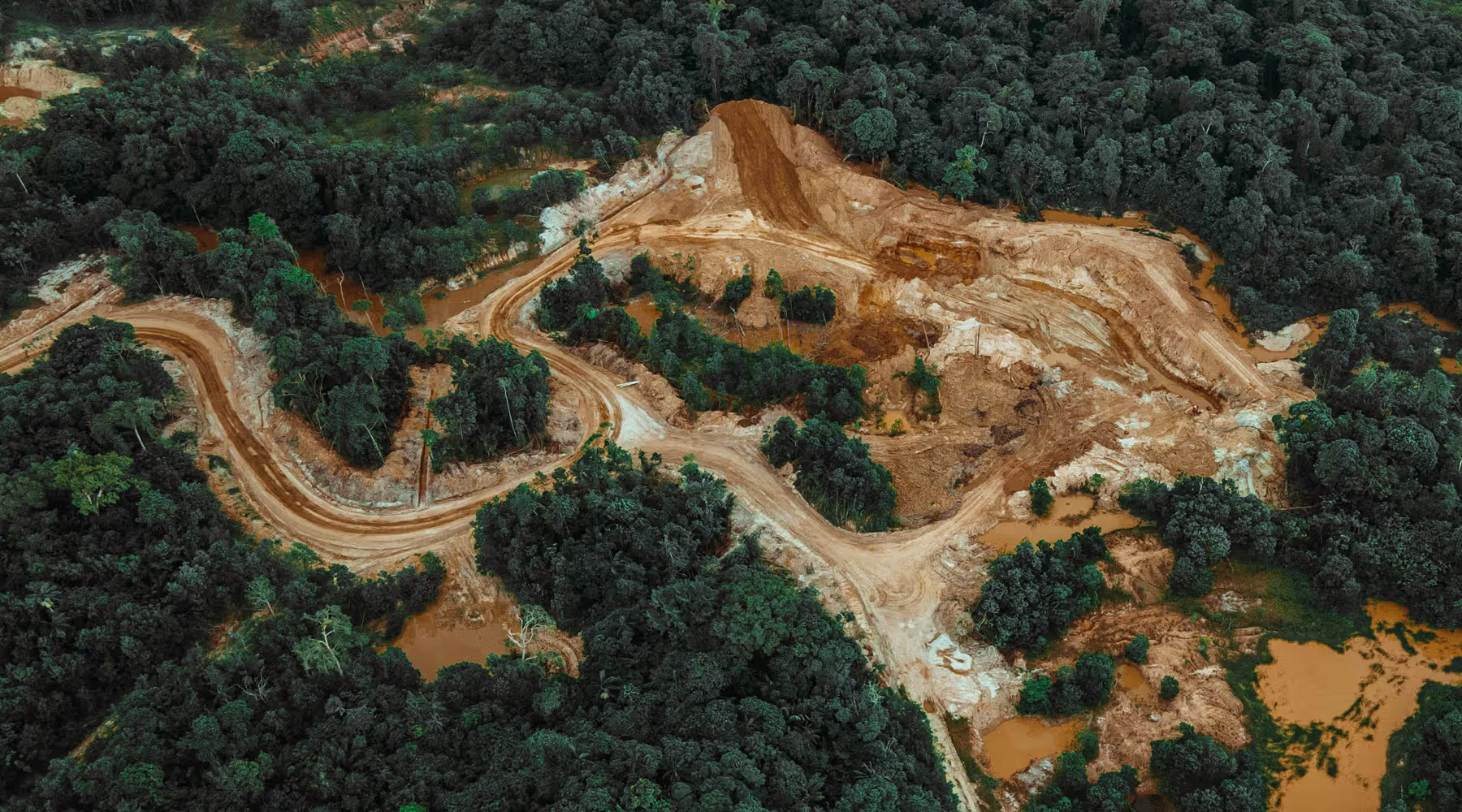This Toolkit explores the trade in wildlife between Africa — the primary source of many species — and consumer markets across Asia. Examining the connections between illegal wildlife trade (IWT) and serious organised crime, its aim is to equip financial institutions with the insight and tools needed to identify, investigate and report suspicious transactions linked to IWT.

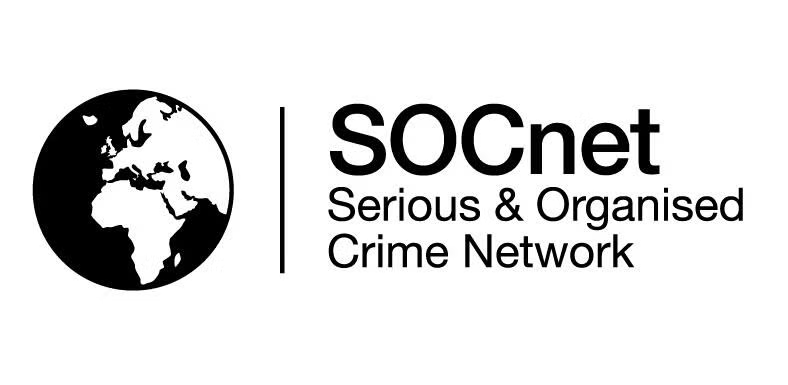



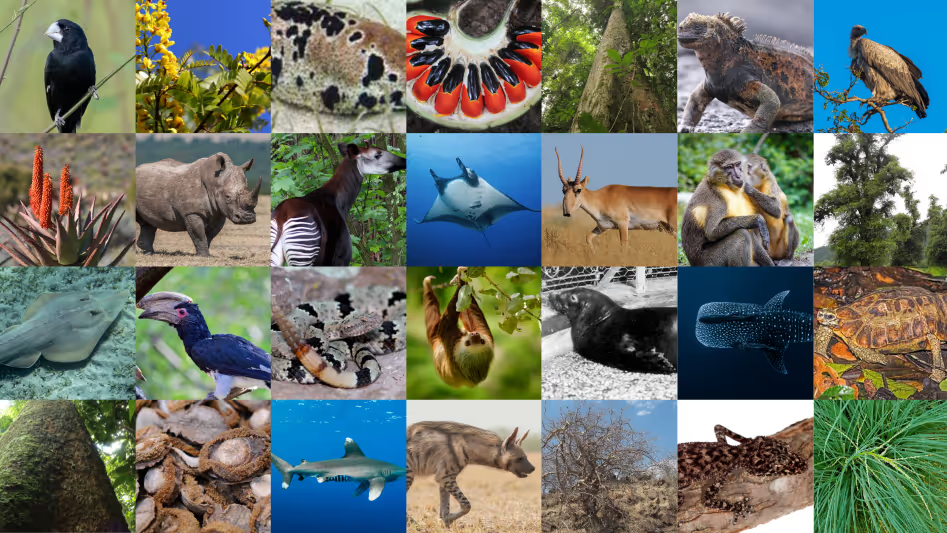
Transactions originating in high-risk IWT source countries in Africa, including South Africa, Nigeria, Mozambique, DRC, Republic of Congo, Cameroon, Uganda, Kenya, Tanzania, Equatorial Guinea, Zambia, Zimbabwe, Benin and Ethiopia.
Transactions involving locations identified as key IWT transit hubs, notably Malaysia, Singapore, Hong Kong, Thailand, South Korea, Japan, Laos Cambodia, Myanmar, Vietnam, UAE (particularly Dubai), Qatar (particularly Doha) and Turkey (particularly Istanbul).
Transactions involving popular destinations for IWT, including China, Vietnam and Hong Kong.

Shipment of commodities that is inconsistent with the origin and/or destination country.
Consignment split across multiple shipments. This is a tactic often used by traffickers to spread the risk and reduce the loss.
Abnormal shipping routes for the product and destination or unusual change of shipping routes.
Any reluctance to offer information about the business at hand, the end-use of a product or about the consignor/consignee, as this could potentially to be due to a shell company being set up to mask the actual ownership.
Airline passengers travelling frequently on high-risk IWT routes for a short period of time on tickets paid for by a third party or in cash.
Shipments whose overall weight is inconsistent with the underlying product (Vietnam’s largest rhino horn seizure was based on an individual passing off the ivory as a container of fabric for instance).
Customer screening - provision of a corporate website, use of business emails and provide a valid copy of the business registration certificate or tax ID number. Companies that do not have an online presence or use non business email addresses, such as hotmail or gmail, for business correspondence should be checked.
First-time shippers and new customers should be checked and their shipments screened.
Any transaction where a shipper or a consignee insists on paying the transport cost in cash is always a risk and must be checked. In addition when a transport cost is paid by the third party, i.e., not a shipper or a receiver.
Customers who wish to arrange their own drop-off/pick-up of a shipment to/from the terminal. Such a request might be considered quite illogical and abnormal.
Change of the delivery address at any time after it was shipped should be investigated as it may indicate an intention to divert a shipment. While the change of the address can be considered a standard practice in commodities trading (e.g. steel bars, aluminium ingots etc), this is very rare in the shipment of retail products and will have to be explained.
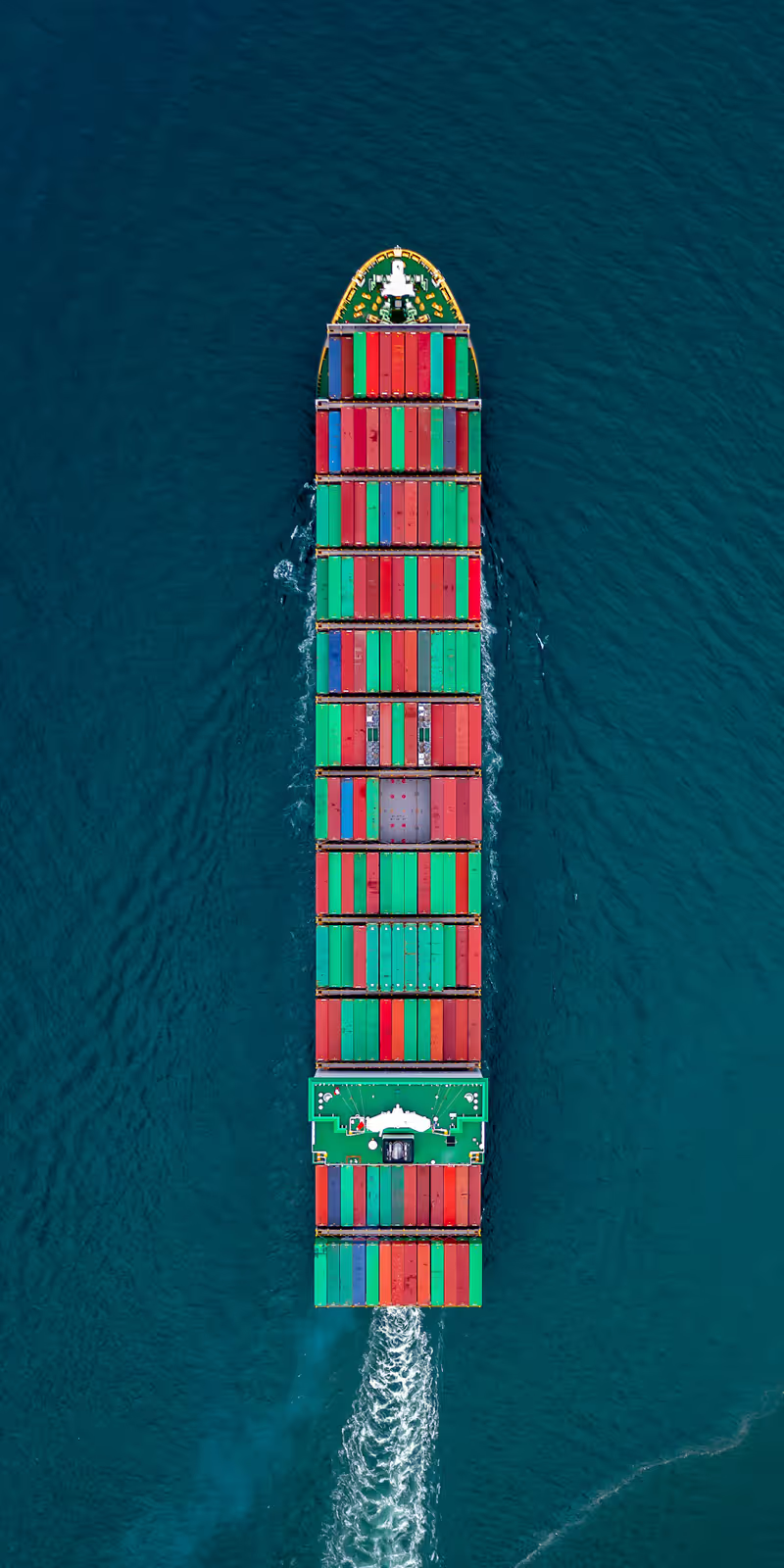
CITES-listed species being openly marketed for sale on online platforms.
Marketing of pets or wildlife products on online platforms in 'closed' or 'secret' groups. Sellers typically mention the word "serious buyer" when looking to sell.
Initial connection between parties on an online platform is requested to be "taken offline" or other contact details are shared eg initial Facebook communication migrating to Whats App.
Payment to tour operators, particularly those specialising in Laos, Vietnam, Cambodia and Thailand followed by online payments using platforms such as Alipay or WeChat Pay.
Market traders, especially in tourist areas, accepting numerous payments from online payment platforms such as Alipay of WeChat Pay.
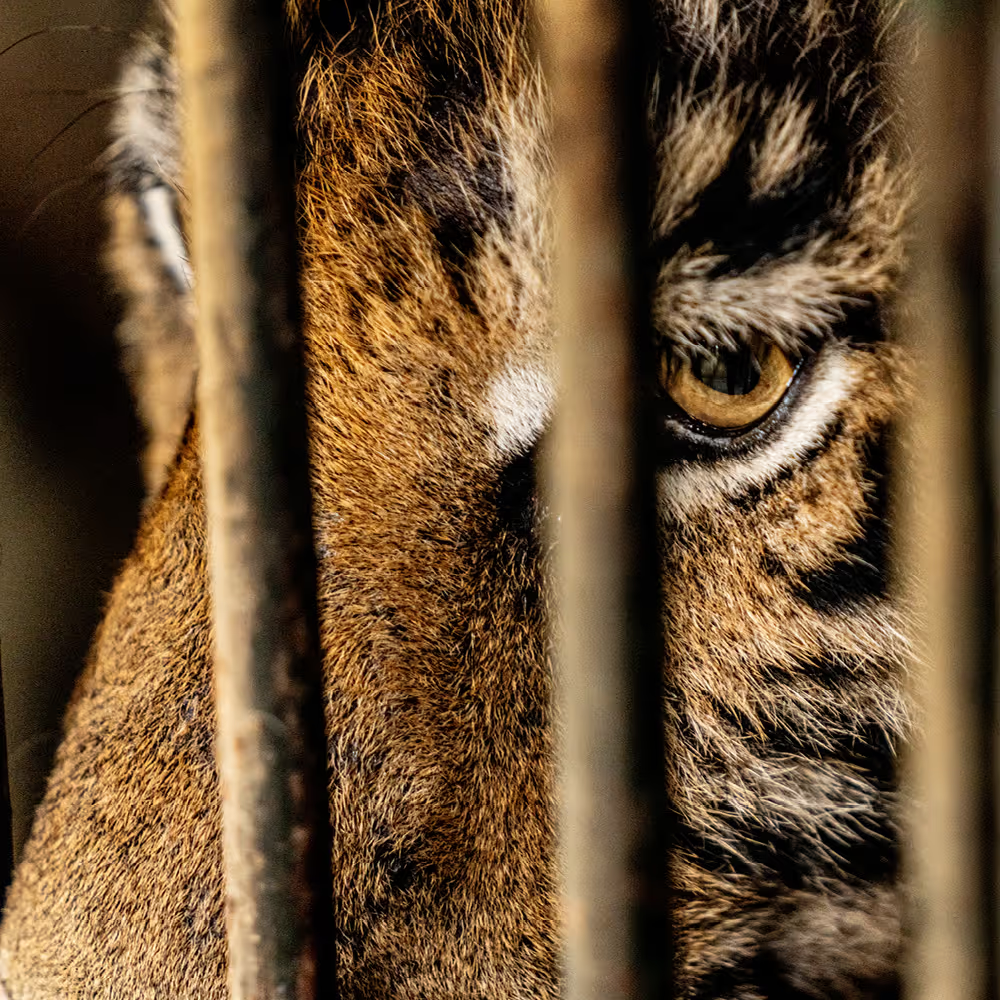
Transactional activity involving Politically Exposed Persons (PEPs) and wealthy businesspeople, particularly those with environmental, game or forestry oversight, or environmental/wildlife related businesses.
Large cash or cheque deposits and withdrawals, especially if not accompanied by an explanation of source of funds, as poaching networks or low-level suppliers in source countries in Africa operate largely as cash-courier businesses.
Significant cash payments into accounts linked to individuals from high-risk IWT jurisdictions.
Escrow-type transactions from/to accounts and companies with the same beneficial owner for cross-border shipments.
Rapid movement of funds (deposits followed by withdrawals of similar amounts).
Structuring of deposits just below suspicious transaction reporting thresholds.
Transactions and other account activities that are inconsistent with a client's usual business, commercial purpose or profile.
Illogical or anomalous loans between trading and import/export companies in high-risk zones, especially in source and transit countries for IWT.
Transactions in key departure countries in Africa (such as Nigeria and DRC) and transit locations in Asia (such as Malaysia, Singapore, Vietnam and Hong Kong SAR) done through bank transfers among multi-country accounts and payment schemes.
Destination locations - and particularly in China - have a mature digital payment market, such as WeChat Pay, and Alipay, so transactions undertaken on these platforms must be factored into screening.
Large withdrawals of cash in dollars from Chinese-owned money exchanges operating in high-risk IWT jurisdictions in Asia.
Transactions using names of ingredients or products in the traditional medical trade that refer to CITES species.
Transactions by licensed pet shop suppliers or breeders, especially if there are significant discrepancies between the ordered animal and the value of the goods in these transactions. Organisations should also check if the animal is CITES regulated and require the relevant CITES certificate before processing the transaction.
Transactions between licensed pet shop suppliers or breeders and known wildlife traders, especially if there are significant discrepancies between the ordered animal and the value of the good in these transactions to licensed pet shops.
Large US dollar wire transfers between wildlife farms and firms operating in inconsistent lines of business.
Middleman transactions – first initial payment as a deposit, followed by smaller multiple payments, for wildlife along every stop in the supply chain.
Rental car transactions with two bookings close in time in neighbouring countries.
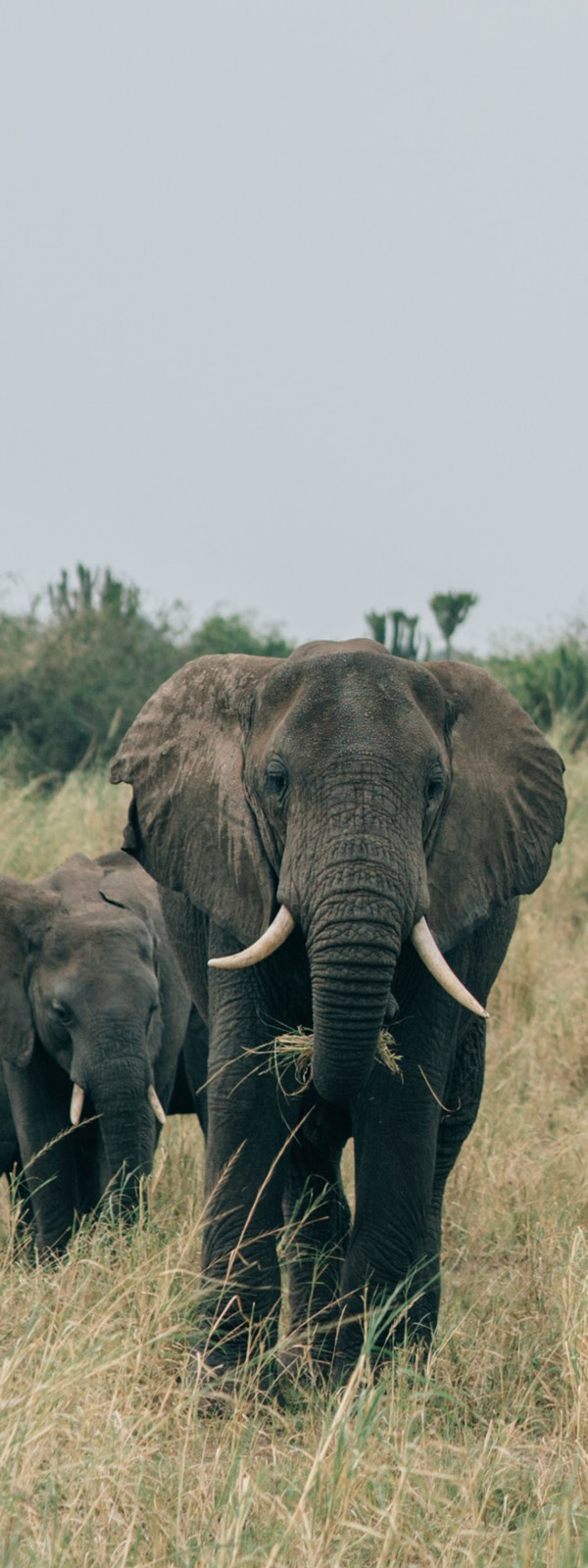
Involvement of a client’s legitimate business in import/export, freight forwarding, customs clearance, logistics or deals with forestry resources, hunting, wild or domestic animals, traditional medicine, carving, fur/skin for the fashion industry.
Involvement of legal wildlife-related entities such as private zoos, breeders, pet stores, safari companies, pharmaceutical companies making medicines containing wildlife, wildlife collectors or wildlife reserves.
Businesses involved in commodities that are often used as concealment methods for IWT such as timber, frozen food, plastics and rubber, marble and stones, cashew nuts and other agricultural products such as flower seeds, ginger, coffee, tea leaves, beans etc.
Involvement of direct or beneficial owner(s) of a business domiciled in a jurisdiction that is a prominent transit or demand country for illegal wildlife.
Clients associated with, owned or controlled by known IWT suspects or those subject to adverse media in relation to IWT.
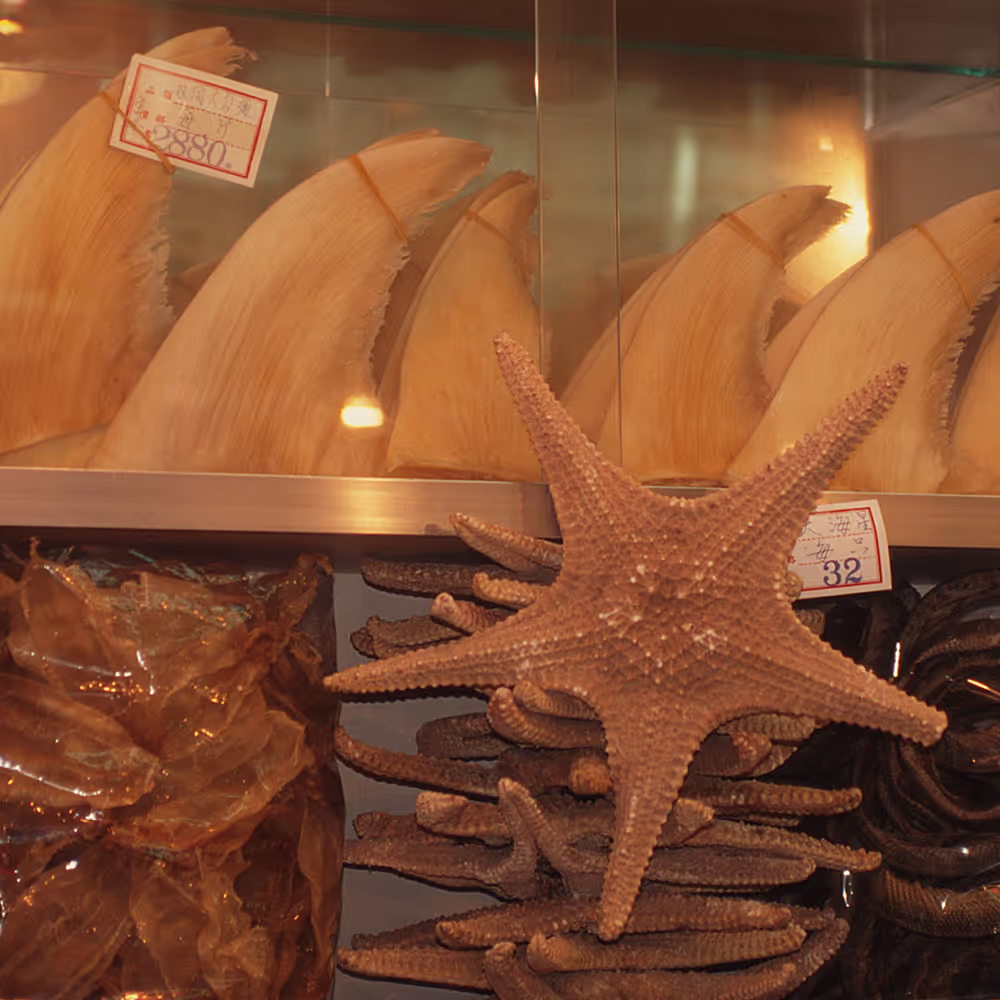
False name or addresses for importers and exporters.
Commingling of personal and business proceeds.
Discrepancy between cargo weight and appearance, or value and description.
Discrepancy between the description or value of a commodity in shipping documents and invoices, relative to the actual goods shipped or actual value in payments made.
Dubious or vague descriptions of the commodities on shipping documents and invoices.
Questionable paperwork such as duplicate certificate numbers, missing permit details, falsified signatures, and anomalous, incomplete or suspicious CITES certificates.
A last minute request for shipment clearance as this might be an attempt to avoid detection due to time constraints.
Illogical or anomalous purchases, payments or other transactions related to gold trading from business accounts of clients. Payments for wildlife shipping are often masked as payment for gold or to gold trading business.
International bank transfers via general trading companies.
General trading companies set up as foreign entities and registered at residential addresses.
Reference to e-commerce or social media platforms (Facebook, Ebay, Instagram, Zalo, WeChat, Taobao, T-mall etc) in trade transactions.
Transport routes which are unusual based on commercial rationale, e.g. export of extremely low value commodities.
Export of CITES protected species, especially those listed on Appendix I and those to commercial businesses.


